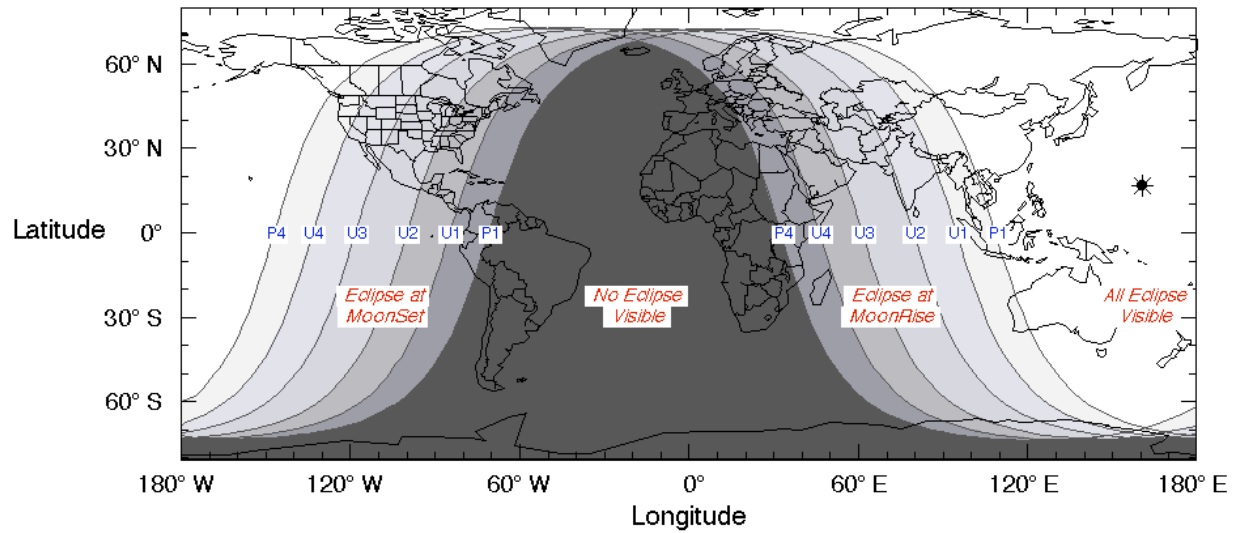Celestial event to occur for first time in 150 years
Astronomy fans rejoice! On the last day of January, two incredible celestial events will occur. First, there will be a full that night. And, since it will be the second full moon of the month, it is often referred to as a blue moon. Even more, the moon will be closer to Earth than usual, meaning it will also be a supermoon! In fact, it's the last supermoon of 2018, so it would be wise to check it out if you get the chance! Supermoons make for great photography opportunities as they usually look very large when they rise above the horizon during the evening hours. The best time to see the supermoon is after 6:23 PM and before 10 PM. The moon will appear very large during that time span before it begins to "shrink" in size.
What makes this supermoon exceptionally rare is the fact that it is set to occur on the same day as a lunar eclipse. It gets even better, though, because it's more than a simple lunar eclipse: it's going to be a total lunar eclipse. Total lunar eclipses are very rare phenomena. They can occur between zero and three times each calendar year, but never more than that. For 2018, there will be two total lunar eclipses; one on January 31st and one on July 27th. For perspective, there are only going to be 12 total lunar eclipses over the next 13 years! And you have to go back 150 years to find the last time there was a blue supermoon and a total lunar eclipse on the same day!
So, what is a lunar eclipse? It's when Earth's shadow blocks the sun's light. They only occur when the sun, Earth and moon are lined up perfectly. If they don't line up completely perfectly, then you don't have a total lunar eclipse.
The Earth casts two shadows that fall on the moon during a total lunar eclipse. They are called the umbra and the penumbra. The umbra is the full, black shadow and the penumbra is the partial outer shadow. During the eclipse, the moon passes through these shadows in stages. It begins by passing into and through the penumbra shadow before entering and moving through the umbra shadow. The event concludes after the moon passes through the other half of the penumbra shadow. To get the most bang for your buck, it's best to view the eclipse when the moon enters the umbra, or darkest shadow. This is when you get the spectacular blood-red color on the moon.
The big kicker, of course, is knowing when and where the total lunar eclipse can be seen. It is not a worldwide phenomenon. Only about one-fourth of the planet sees the total lunar eclipse in its entirety.
For South Bend and Michiana as a whole, we will be able to see the beginning of the penumbral eclipse at 5:51 AM, the beginning of the partial eclipse at 6:48 AM and the beginning of the total eclipse at 7:51 AM. After that, the moon will have set below the horizon for the day. Regardless, if the weather cooperates, we should get a brief viewing of the moon as it turns blood-red! Here's a link to see exactly what South Bend will see on the morning of the 31st.


